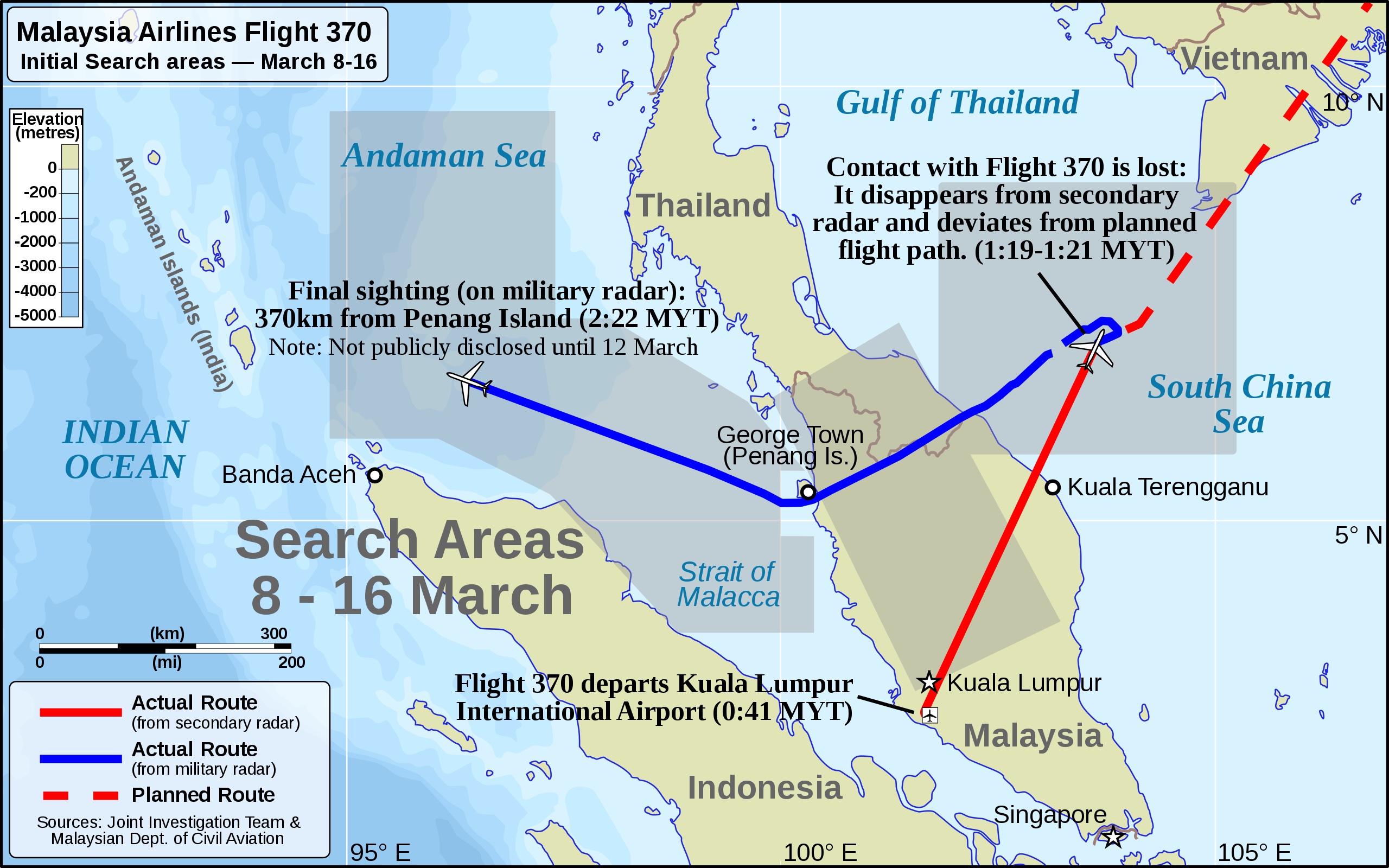The Accidental Beauty of Flight Paths

There is more between heaven and earth than bird migrations and weather fronts. These maps capture the poetic beauty of something utterly mundane and usually invisible: the flight patterns of the planes that bring us from airport A to airport B.
We live in the age of mass air travel. At any given moment, there are about 10,000 commercial planes airborne, carrying an estimated half a million passengers across the skies. We also live in the era of Big Data. Which means that the movements of those thousands of planes can be followed in real time on websites such as Plane Finder and Flightradar24.

London and the pretty holding patterns around its airports: Heathrow (LHR), Gatwick (LGW), City (LCY), Luton (LTN), Stansted (STN) and Southend-on-Sea (SEN).
Their screens swarm with moving airplane icons, each containing a wealth of information on the flight in question. Click on the plane now over the Mediterranean, just south of the Pelopponesos: Emirates flight EK78, en route from Nice to Dubai, cruising at 35,000 feet at a speed of 540 knots, and a heading of 123°. The Boeing 777-300ER with tail number A6-EBM is 976 miles in, and has 2,975 miles to go. It left Nice with just over 5 hours’ delay. ETA is 23:35, Gulf Standard Time. All we don’t know, is how many passengers are on the plane, which movies are being shown, and what’s on the menu (although my guess is: chicken or beef).

Moscow and its two black holes.
Alexey Papulovsky and Nikolay Guryanov, two Moscow-based software engineers, took their fascination with live flight data in the other direction, from the specific to the general. They collected over a billion data points from a single month’s worth of flight information on Plane Finder (i.c. October 2012), and plotted them out on a searchable, scalable world map. The result is called Contrailz, after the condensation trails momentarily tracing the flight paths of planes.
On a grand scale, the project is reminiscent of another experiment in data visualisation discussed on this blog – mapping the geotagged log entries of 19th-century whaling ships (see #636). Like that map, this one reveals a traffic map, with minor and major roads, intersections and junctions. Only this time not made from seawater, but out of thin air.

New York area flight patterns seem aligned with Manhattan.
However, the Contrailz data is not as globe-covering as the whaling routes map: outside the denser populated areas of Europe and North America, the flight paths – red for lower altitude, blue for higher up – only cluster around the bigger cities, leaving large parts of Latin America, Africa, Asia and Oceania blank.
But that’s alright, because the visual fun really starts when the lines approach an airport and turn from blue to red: from straight, they bend into intricate looping pathways, denoting the approach paths and holding patterns around the world’s major airports.

The twin transit hubs of Abu Dhabi and Dubai.
The patterns are especially pretty over London, with the holding patterns shaped like athletics tracks. The one over Moscow is intriguing, with two black holes in the middle. Only since March 2013 are civil flights allowed in those zones – the city centre and Rublyovka, an expensive residential area to the west of the city, home to much of Russia’s elite – and even then only with an altitude of at least 27,000 feet.
Whatever the story behind each of those patterns, the fascinating thing about them is their accidental beauty – action painting conjured up out of thin air, with nothing but big data and the computing power to crunch them.

Israel’s regional isolation, aeronautically exemplified.
All images taken from Contrailz, reproduced by kind permission of Nikolay Guryanov
Strange Maps #687
Got a strange map? Let me know at [email protected].





